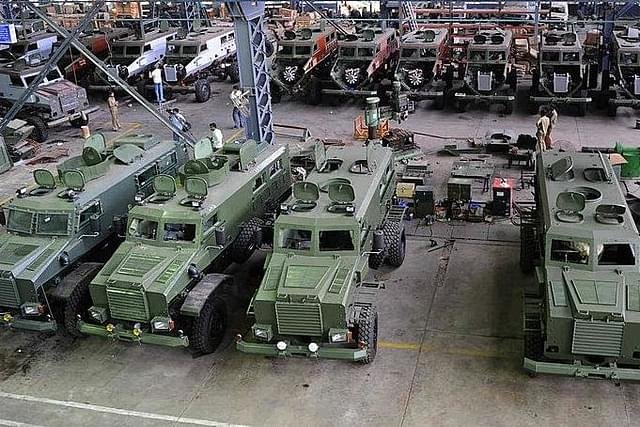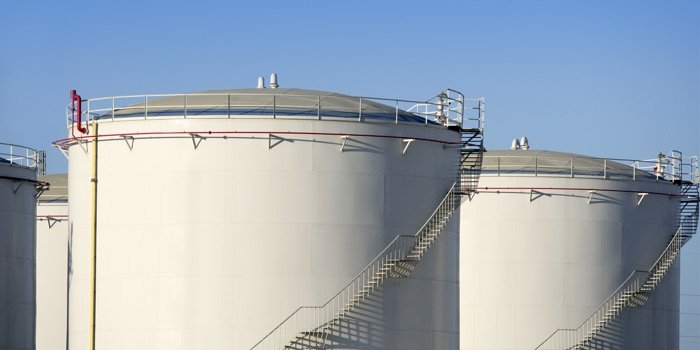Blog
August 4th Current Affairs
- August 4, 2021
- Posted by: admin
- Category: Culture Current Affairs Daily News Defense & Security Disaster Management Economy Education Environment & Ecology Ethics Geography Governance Health History International Relation Persons in News Polity Science & Technology Social Issues Sports Uncategorized UPSC Notification Videos
1. Governor’s pardon power overrides 433A: SC

IN NEWS:
The Supreme Court recently held that the Governor of a State can pardon prisoners, including those on death row, even before they have served a minimum 14 years of prison sentence.
KEY POINTS:
- Section 433A mandates that a prisoner’s sentence can be remitted only after 14 years of jail
- According to the judgement, the Governor’s power to pardon overrides Section 433A provision in the Code of Criminal Procedure
- It also noted that Section 433A of the Code cannot and does not in any way affect the constitutional power conferred on the President/Governor to grant pardon under Articles 72 or 161 of the Constitution
- Article 72 deals with the power of the president to grant pardons, etc., and to suspend, remit or commute sentences in certain cases.
- Article 161 deals with the power of the governor to grant pardons, etc., and to suspend, remit or commute sentences in certain cases.
- The Governor of a State shall have the power to grant pardons, reprieves, respites or remissions of punishment or to suspend, remit or commute the sentence of any person convicted of any offence against any law relating to a matter to which the executive power of the State extends.
IMPORTANT INFORMATION:
- Governors can only pardon in the cases which are related to state’s law not the central law.
- Governor can reduce the sentence or can completely pardon it. It is up to him but cases must be within that state’s law.
- He doesn’t have any power if the offender has been awarded with the death sentence, whether by the state’s law or central law. If the capital punishment has been given then only president of India can pardon it however governor can delay it.
- Governor doesn’t have any power on matters related to military rules like court-martial, however the president can pardon or alter them too.
SOURCE:TH
2. Sabki Yojna Sabka Vikas.

IN NEWS:
Government launched ‘Sabki Yojna Sabka Vikas’ campaign for inclusive and holistic preparation of Gram Panchayat Development Plan (GPDP).
KEY POINTS:
It was also launched in 2018 and 2019 for the same amount of period.
In this endeavor, convergence was sought with all Departments relating to 29 devolved subjects listed in XIth Schedule of the Constitution.
Objectives:
- Strengthening of elected representatives and Self Help Groups
- Evidence based assessment of progress made in 2020-21 and proposals for 2021-22 in all 29 subjects of XI Schedule
- Public disclosure on Schemes, finances etc.
- Preparation of inclusive, participatory and evidence based GPDP for 2021-22 through structured Gram Sabha involving supervisors
- The campaign aimed to help Gram Panchayats (GPs) in preparation of convergent and holistic GPDP through identification of sectoral infrastructural gaps in respective areas.
- The 11th Schedule of Indian Constitution was added in 1992 by the 73rd Constitution Amendment Act. This schedule contains 29 subjects.
- This schedule covers important topics such as Panchayat’s powers, rural development, poverty alleviation, market, roads and drinking water etc.
SOURCE:PIB
3. Essential Defence Services Bill-2021.

IN NEWS:
Lok Sabha passed the Essential Defence Services Bill-2021 on August 3, 2021 that seeks to prevent workers of government-owned ordnance factories from going on strike to oppose corporatization of units.
KEY POINTS:
- Bill gives power to the government to declare services mentioned in it as essential defence services.
- Cessation of work of such essential services would prejudicially affect the production of defence equipment or goods, operation or maintenance of industries or unit engaged in production of goods or equipment or repair or maintenance of products connected with defence.
- Bill also prohibits strike and lockouts across industrial establishment or unit engaged in essential defence services.
- Bill mentions the threat of strike by workers’ unions in section titled as “statement of objects and reasons”.
- Bill defines the action of strike as “cessation of work, go-slow, stay-in, sit down, token strike, sympathetic strike or mass casual leave by persons engaged in essential defence services who are acting in combination or concerted refusal or refusal under common understanding of persons who are so engaged to continue to work or to accept employment”.
Important Information:
Background
- In June 2021, union cabinet chaired by Prime Minister Narendra Modi had given nod for corporatization of Ordnance Factory Board (OFB), under which 41 factories involved in production of ammunition and other equipment for armed forces will become part of seven government-owned corporate units.
- OFB was earlier managed by department of defence production and worked as an arm of the government.
- OFB is being corporatize with the aim of improving efficiency and accountability of 41 units.
SOURCE:IE
4. NSO survey.

IN NEWS:
- National Statistical Office (NSO) has published the eighth periodic labour force survey recently.
- According to the survey, unemployment rate in India has increased to 13.3 per cent in the period of July-September 2020. Unemployment rate was 8.4 per cent in July-September 2020.
KEY POINTS:
- As per the survey, joblessness or unemployment rate (UR) was 20.9 percent in April-June 2020. UR is defined as the percentage of unemployed persons in labour force.
- In September 2020, labour force participation rate for all ages was 37 per cent. It has increased from 36.8 per cent in September 2019.
- Labour force participation rate was 35.9 per cent in April-June 2020.
- WPR has decreased to 32.1 per cent in July-September 2020 as compared to 33.7 per cent in the same period in 2019.
- Labour Force refers to the part of population that supplies or offers to supply labour to pursue economic activities for production of goods and services. It includes both employed and unemployed persons.
Periodic Labour Force Survey (PLFS)
- Periodic labour force survey was launched by NSO in April 2017.
- Based on PLFS, quarterly bulletin is provided by giving estimates of labour force indicators such as UR, Worker Population Ratio (WPR), Labour Force Participation Rate (LFPR), distribution of workers by broad status in employment & industry of work in Current Weekly Status (CWS).
SOURCE:IE
5. Govt. approves two more new Strategic Oil Reserves.

IN NEWS:
In accordance with the second phase of the Strategic Petroleum Reserve (SPR) programme, the government approved the establishment of two additional commercial and strategic underground storage facilities at Chandikhol (4 MMT) and Padur (2.5 MMT) with a total capacity storage of 6.5 MMT in PPP model.
KEY POINTS:
- In the first phase of the SPR programme, the government, through its special tool India Strategic Petroleum Reserve Limited (ISPRL), established oil storage facilities with a total capacity of 5.33 million metric tons (MMT) in 3 locations. All the three storage facilities in Shakapatnam (1.33 MMT), Mangaluru (1.5 MMT) and Padur (2.5 MMT) are filled with crude oil.
- The petroleum reserves which were established in the first phase are of strategic importance, and the crude oil stored in these reserves will be used in the scenario of oil shortage.
- Second phase of the SPR programme, the government approved the establishment of two additional commercial and strategic underground storage facilities at Chandikhol (4 MMT) and Padur (2.5 MMT) with a total capacity storage of 6.5 MMT in PPP model.
- Proposals for the construction of these storage facilities are being finalized.
- Under Phase II for land acquisition an amount of Rs 210 crore was allocated in the budget, and ISPRL has received the amount.
Importance of the Strategic Petroleum Reserves (SPR) programme:
- The 1990 Gulf War caused oil prices to skyrocket and imports from India increased significantly.
- During the Indian economic crisis after 1991, foreign exchange reserves could hardly finance three weeks of imports, and the government could hardly meet its financial obligations.
- India responded to the crisis through economic liberalization policies.
- However, the country continued to be affected by fluctuations in oil prices.
- In the year 1998, the government of former Prime Minister Atal Bihari Vajpayee proposed the creation of oil reserves as a solution to manage the oil market.
- Three storage facilities were built at underground sites in Padur, Visakhapatnam and Mangalore.
- In the first phase, a total storage capacity of 5.33 million tons was created.
- The current government approved two additional commercial and strategic facilities in July 2021, with a total storage capacity of 6.5 MMT.
- This will increase India’s strategic reserve capacity to 11.83 MMT. In times of crisis, India can manage its oil demand period for a specific time.
SOURCE:IE
